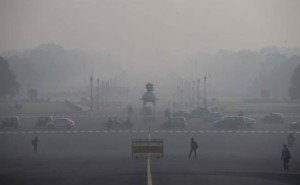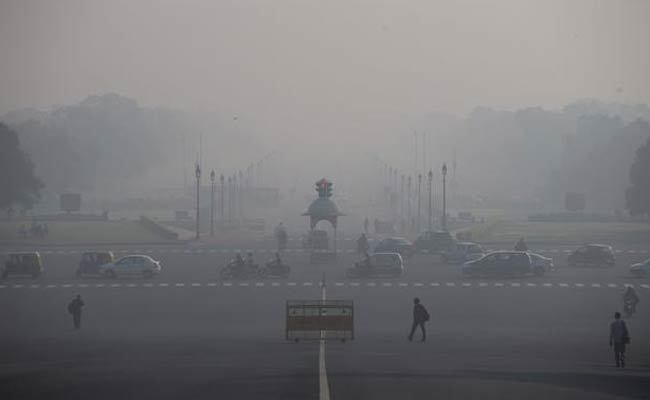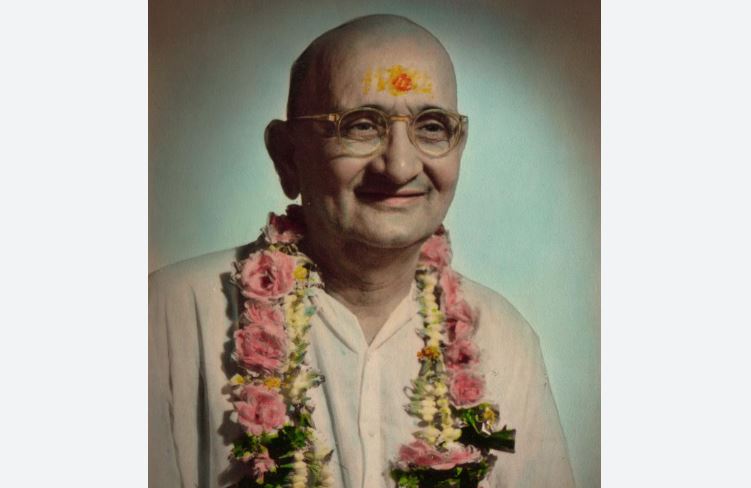 NEW DELHI: Worsening air quality in the last two decades is the principle reason behind high number of pre-mature deaths in the country, according to a study conducted by IIT-Delhi.
NEW DELHI: Worsening air quality in the last two decades is the principle reason behind high number of pre-mature deaths in the country, according to a study conducted by IIT-Delhi.
The study titled ‘Know what you breathe’, conducted with the support of the Centre for Environment and Energy Development (CEED), has found that the annual mortality is in the range of 150-300 persons per year for every 1 lakh population in the urban areas of Uttar Pradesh, Bihar and Jharkhand.
Whereas the level of PM2.5 is more than two times of its National Annual Standard and eight times of the WHO’s annual permissible limits in all the studied cities with the exception of Ranchi, capital of Jharkhand.
The researchers studied the annual mean PM2.5 concentration for 11 north Indian cities using the satellite data of the last 17 years.
Out of these 11 cities, eight are also listed in the global air quality assessment report of the World Health Organization (WHO) titled ‘Global Ambient Air Quality Database (2018)’.
We are witnessing a public health emergency in our cities as polluting air is choking our lungs. State and Union governments need to take note of this alarming situation and create national clean air action plan which is ambitious, effective and focuses on time-bound implementation,” Abhishek Pratap, Programme Director of the CEED said.
The study found that level of PM2.5 exposure was moving downward from west to east of the Indo-Gangetic plain with the highest proliferation in Varanasi, while the slowest was in Ranchi. The report has indicated an increase of 28.5 microgram/m3 in PM 2.5 in the last 17 years in Varanasi.
Along with Varanasi, the rate of increase of PM2.5 is Alarming’ in cities like Meerut, Agra, Lucknow, Gorakhpur and Patna while its Moderate’ in Kanpur, Allahabad and Gaya. In Muzaffarpur, the rate of PM2.5 increase is somewhat comparable to Ranchi.
The post-monsoon (October-November) and winter (December-February) seasons have high pollution exposure due to calm weather and lower atmospheric boundary layer.
“One of the critical factors in air quality management plan is to set targets, along with a detailed implementation plan. To improve the air quality in the region, we need to move transit towards cleaner fuel for cooking on priority.
“If National Air Quality Guideline is achieved, the premature mortality burden would reduce by over 20 per cent in Agra, Kanpur, Lucknow and Meerut and it can be further brought down to 10-20 per cent in other cities such as Allahabad, Gaya, Gorakhpur, Muzzafarpur, Patna and Varanasi, said Sagnik Dey, Associate Professor at the Centre for Atmospheric Sciences in Indian Institutes of Technology, Delhi.
The report also stressed on the need of public awareness, inter-state coordination and efficient regional clean air action plan for the Indo-Gangetic plains, along with source apportionment study, for each city as some plausible action agenda for improving air quality in these cities. PTI







